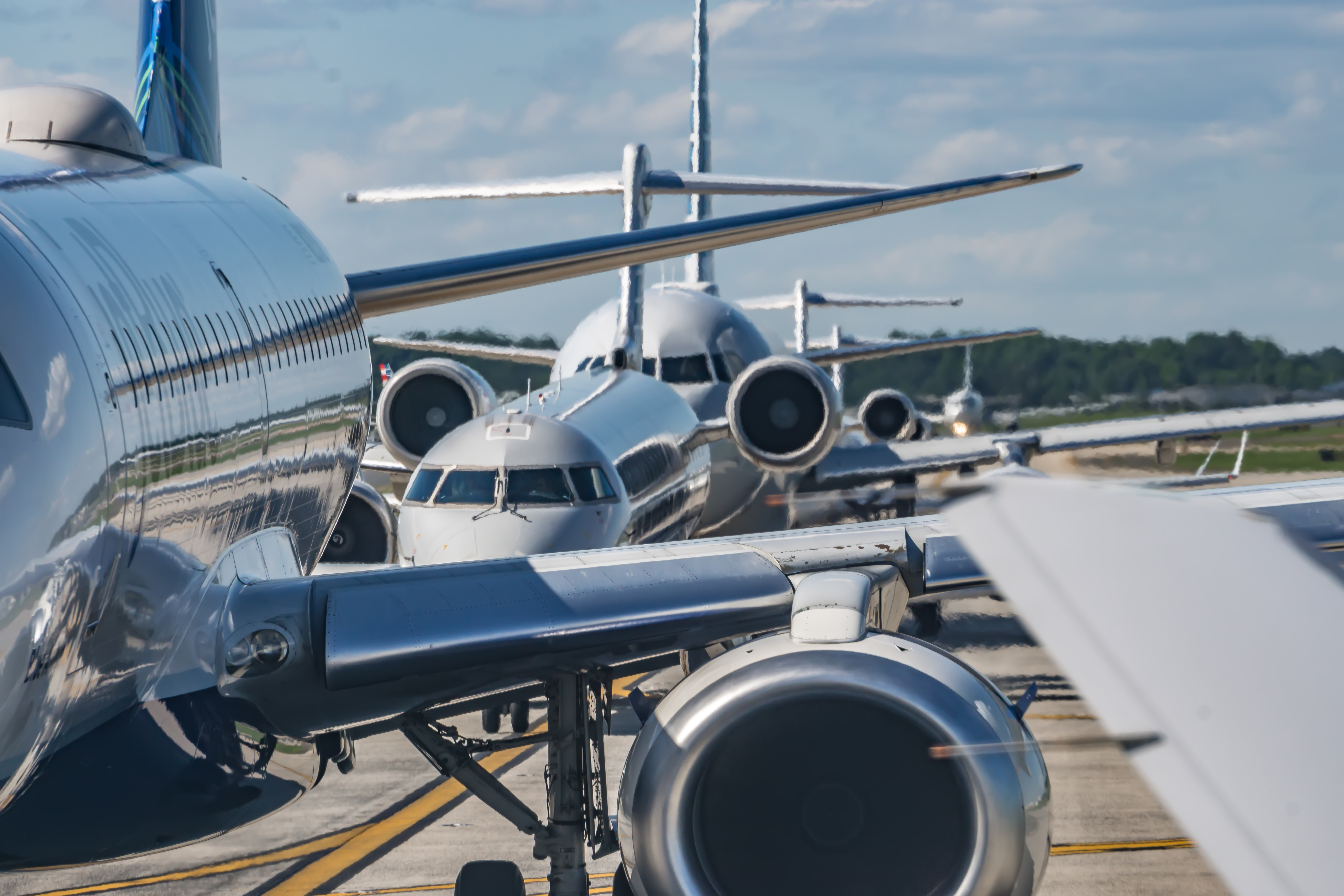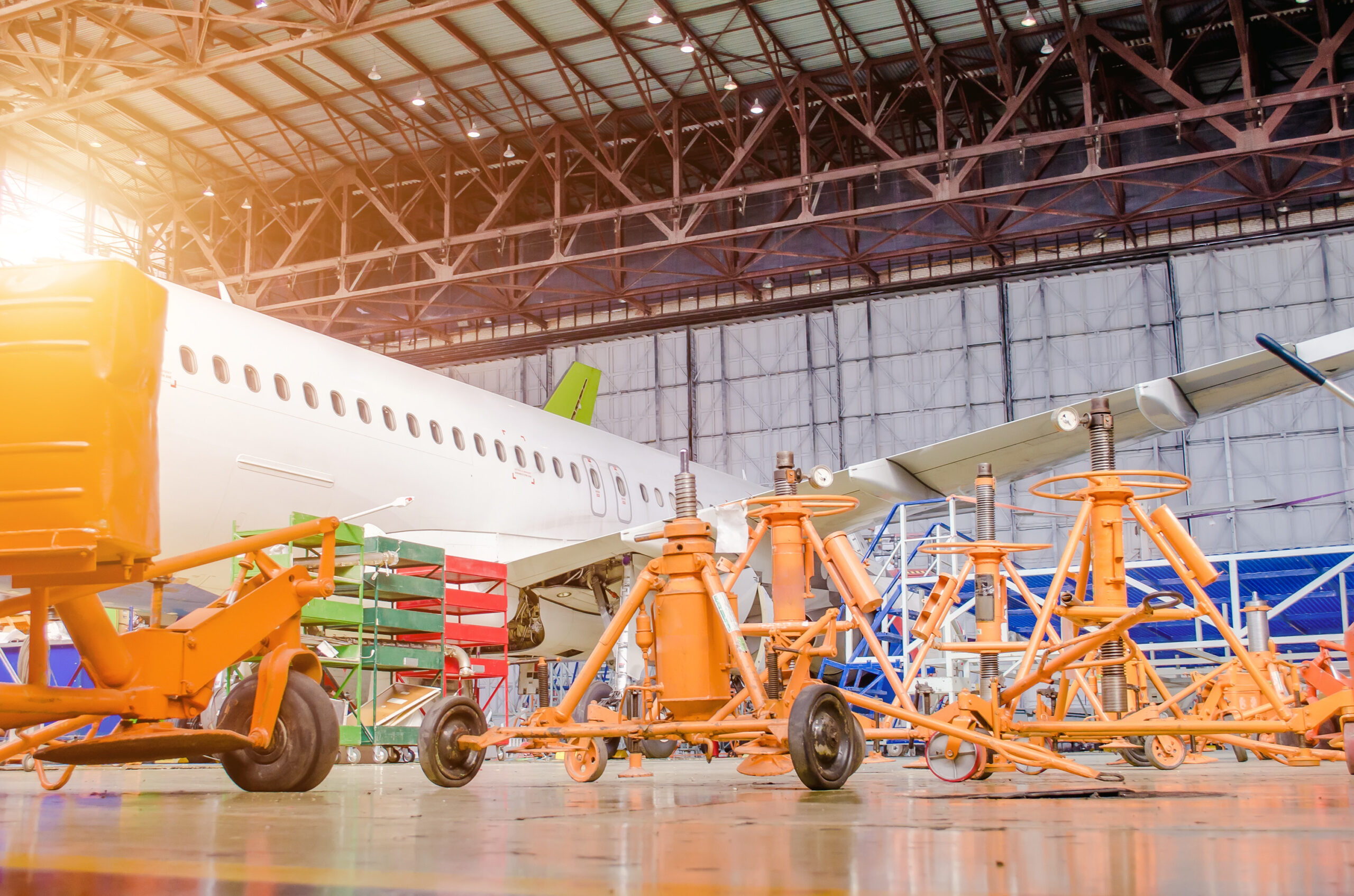In the realm of aircraft maintenance, industry professionals are closely acquainted with the terms, such as PMA (Parts Manufacturer Approval), or SUP (Suspected Unapproved Parts). While this term may seem antiquated to some, its relevance persists due to the persistent challenge of counterfeit and unauthorized parts infiltrating the aviation supply chain. As such, navigating the aftermarket for parts requires a deep understanding of this terminology and the associated risks.
That is why, at Locatory.com, we have prepared a comprehensive guide, which is aimed to break down some of the key terms you’ll encounter in this crucial sector. So, let’s begin with some of the most trending abbreviations.
SUP (Suspected Unapproved Parts)
Suspected Unapproved Parts, commonly referred to as SUPs, pose a significant risk to aircraft safety and airworthiness. These are parts or components that have not been properly approved by the relevant regulatory authorities, such as the FAA or EASA (European Union Aviation Safety Agency). SUPs can enter the supply chain through various means, including counterfeit production, unauthorized manufacturing, or improper documentation.
The presence of SUPs in aircraft poses grave risks to safety, reliability, and regulatory compliance. These parts may not meet the required quality standards or undergo the necessary testing and certification processes, potentially leading to catastrophic failures or malfunctions. Moreover, the use of SUPs can result in regulatory sanctions, fines, and legal liabilities for operators and maintenance providers found in violation of aviation regulations. Operators and maintenance organizations must implement strong quality assurance measures to verify the authenticity and airworthiness of all components used in aircraft maintenance and repair.
Aviation professionals are encouraged to report any suspicions or concerns regarding SUPs to the appropriate regulatory authorities, such as the FAA’s Suspected Unapproved Parts Program. Timely reporting and collaboration facilitate swift investigation and enforcement actions, thereby safeguarding the integrity of the aviation sector and the entire aircraft maintenance, industry, as well as protecting the flying public from potential harm.
OEM (Original Equipment Manufacturer)
The giants of the industry, like Boeing or Airbus, who design and build the aircraft we know and love. From the iconic double-decker Airbus A380 to the workhorse Boeing 737, each aircraft is the brainchild of a dedicated OEM. Such manufacturers not only design the entire aircraft but also source and integrate components from various suppliers. Engines, avionics, landing gear – each piece is carefully chosen and assembled to ensure the aircraft’s safety, performance, and efficiency.
An OEM’s role doesn’t end with delivery. They are usually also responsible for providing airlines with comprehensive maintenance and support programs. This ensures the aircraft remains airworthy throughout its lifespan. Additionally, OEMs are constantly innovating, researching new technologies to improve fuel efficiency, reduce noise pollution, and enhance passenger comfort.
The aircraft maintenance industry, together with the whole aviation sector is on the cusp of a revolution. With the rise of electric and autonomous aircraft, OEMs are playing a leading role in shaping the future. They are actively developing new technologies to make air travel cleaner, quieter, and more accessible. So, the next time you board a plane, take a moment to appreciate the invisible hand of the OEM. Their dedication to design, engineering, and innovation ensures that you can take to the skies and explore the world with confidence.
PMA (Parts Manufacturer Approval)
Not everything comes straight from the OEM. PMA is the process for a manufacturer to gain FAA approval to produce parts specifically for certain aircraft models.
Of course, the FAA along with other governmental agencies around the world got to make sure such replacement won’t send some bellowed workhorse of a major airline into a nosedive. So, they put everything through the rigorous process – tests, mountains of paperwork, and, of course, a lot of inspections. But why the hassle?
Simple – OEM parts, the factory originals, cost more than a fortune – and that is usually a fact. PMA parts? They perform precisely the same function, just way easier on the wallet, so, naturally, airlines love them. But here’s the kicker – there’s no room for error. Something goes wrong with a PMA part, and the whole enterprise can become very risky. High stakes, indeed.
PMA parts are the lifeblood of countless flights, demanding precision, and a meticulous eye. But for those with the right skills, such parts can be a golden ticket. It’s a world that thrives on ingenuity, run by the folks who keep the wheels (or wings, in this case) turning. So next time you see a passenger jet, general aviation single-engine bird, or a prop plane chugging across the sky, remember – that it is a machine that might be held together by a network of PMA parts.
AMO (Approved Maintenance Organization)
You can think of them as the licensed workshops. AMOs are certified by the regulatory bodies, such as FAA to perform maintenance on aircraft, ensuring everything is perfect shape. These are specialized companies authorized by aviation authorities to perform maintenance, repair, and overhaul (MRO) on aircraft and their components. AMOs play a critical role in the aviation safety chain, ensuring that every plane meets the highest safety standards before taking off.
AMOs are equipped with a comprehensive toolbox to keep planes in top condition. Their services encompass a wide range of tasks, from routine inspections and preventive maintenance to complex repairs and major overhauls. AMOs employ highly skilled technicians, engineers, and inspectors, all with in-depth knowledge of specific aircraft types and rigorous adherence to aviation regulations.
The world of AMOs is diverse. Some specialize in specific aircraft models, while others have expertise in particular components like engines or landing gear. This specialization allows AMOs to develop a deep understanding of the complexities of each aircraft system, ensuring the most efficient and effective maintenance possible.
Both the aviation sector and aircraft maintenance industry are constantly evolving, and AMOs need to keep pace. They are committed to continuous improvement, adopting new technologies and procedures to enhance their services. This includes utilizing advanced diagnostic tools, implementing sophisticated quality control systems, and staying up-to-date with the latest regulatory requirements.
There is also a symbiotic relationship as AMOs and airlines are working together because latter rely quite heavily on AMOs to maintain their fleets. AMOs provide airlines with cost-effective solutions, ensuring their aircraft remain airworthy while minimizing downtime.
So, what about parts? Let’s start with LRU!
LRU stands for Line Replaceable Unit, and it’s likea Lego set for airplanes. Yet, more specifically, LRUs are entire components, like a landing gear strut, that can be swapped out as a whole unit without needing to take them apart. Makes maintenance a breeze.
At its core, an LRU is a modular component designed to be easily replaced on the aircraft’s assembly line or during routine maintenance. These units encompass a wide array of systems, ranging from avionics and hydraulics to propulsion and control mechanisms, so, each LRU serves a specific function within the aircraft.
The inception of LRUs traces back to the mid-20th century when aerospace engineers recognized the need for a more efficient approach to maintenance. Traditional methods often involved extensive troubleshooting and laborious repairs, leading to prolonged downtime, and increased operational costs. LRUs emerged as a revolutionary solution, allowing technicians to swiftly swap out faulty components without disrupting the entire system.
Over the decades, advancements in technology gave even more significance for LRUs. Miniaturization techniques have led to the development of smaller, more lightweight units, optimizing space and weight considerations without compromising functionality. Moreover, the integration of digital interfaces and predictive analytics has enabled real-time monitoring of LRUs, facilitating proactive maintenance and preemptive problem-solving.
While LRUs have undoubtedly revolutionized aerospace maintenance, challenges remain on the horizon. The rapid pace of technological advancement necessitates continuous refinement and adaptation of LRU systems to keep pace with evolving aircraft maintenance industry standards. Additionally, cybersecurity concerns loom large as interconnected LRUs become increasingly susceptible to cyber threats.
Life-Limited Parts
Life-limited parts are components with a finite lifespan, typically determined by factors such as operating hours, cycles, or calendar time. Compliance with life limits is crucial to ensuring the safety and reliability of an aircraft. LLPs encompass a wide range of components across various systems of an aircraft. Examples include turbine engine blades, landing gear components, certain structural elements, and critical avionics systems. Each LLP is subject to specific maintenance requirements and service intervals prescribed by the OEM or regulatory authorities.
Effective maintenance planning and tracking are essential for managing LLPs throughout their lifecycle. Operators must maintain meticulous records of each LLP’s usage, including operating hours, cycles, and any relevant maintenance activities. By closely monitoring LLPs, operators can anticipate when parts are approaching their life limits and schedule proactive replacements to avoid unplanned downtime or safety issues.
When LLPs reach their prescribed life limits or exhibit signs of wear beyond acceptable tolerances, replacement or overhaul becomes necessary. Overhaul involves disassembling, inspecting, repairing, and reassembling the component to restore it to a serviceable condition, extending its operational lifespan.
In other words, some of these parts may be lucky enough to earn a second chance, a new lease on life through the hands of skilled craftsmen. Others meet their fate in the scrap heap, destined to be melted down and reborn as something new. And yes, of course, operators may opt for outright replacement with new or refurbished LLPs.
The world of aircraft parts can be complex, but understanding the key terms is essential for ensuring the proper business and everyday communication, especially for those, who are not using such terms on a hourly basis. This glossary has explored some of the most critical concepts, which usually are understandable and well-known for both aircraft maintenance industry and aviation sector’s newcomers, as well as seasoned professionals. Yet, it is not always easy to explain them in simple terms, therefore, we hope that every aviation professional will find this guide helpful.
By understanding these terms and the associated regulations, technicians, mechanics, traders, executives, managers, and everyone involved in the aviation industry can maintain the highest standards of communication to ensure the most effective business operations.
This glossary serves as a starting point, but the world of aircraft parts is vast and constantly evolving. As new technologies emerge and regulations adapt, staying informed remains as important as ever.



